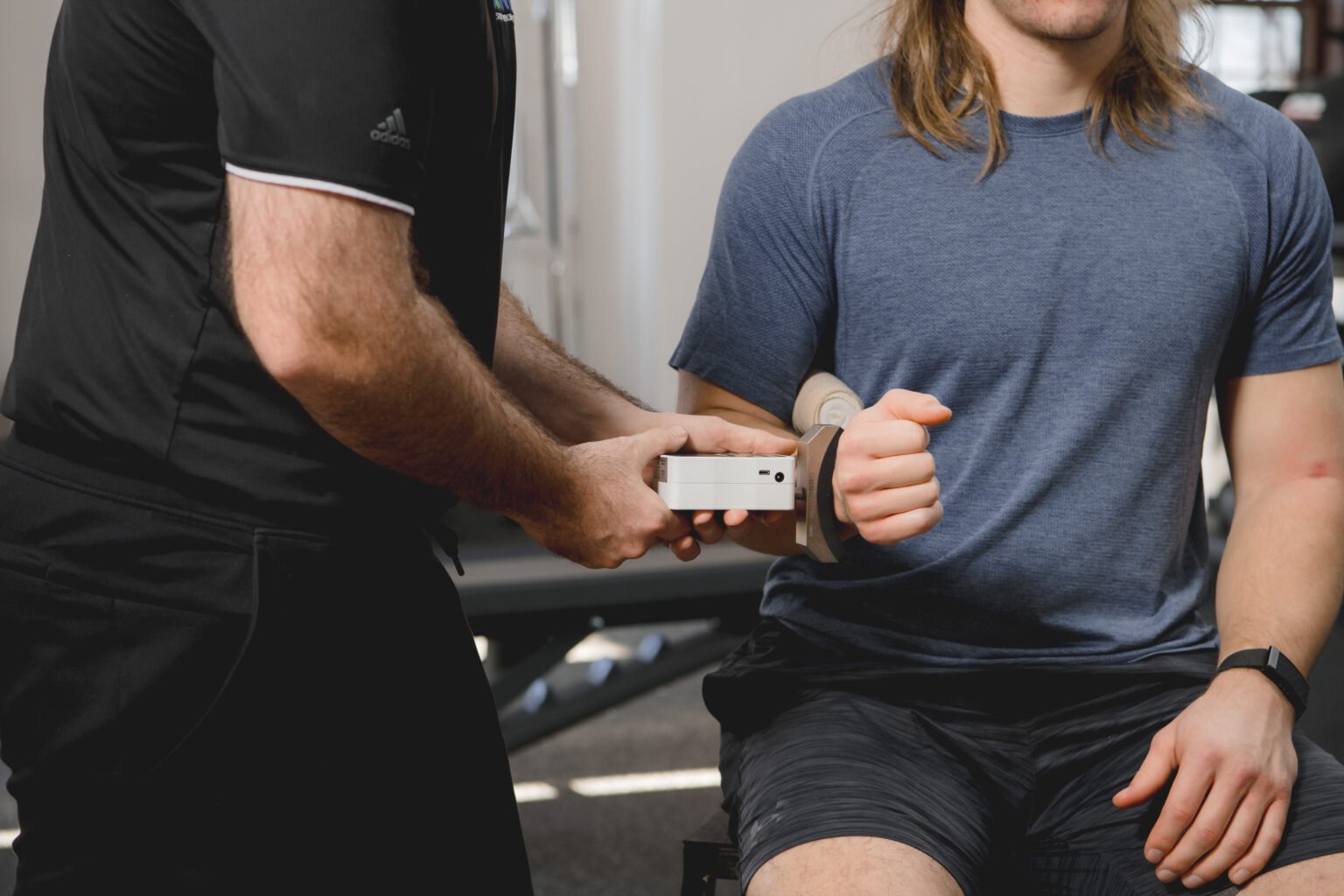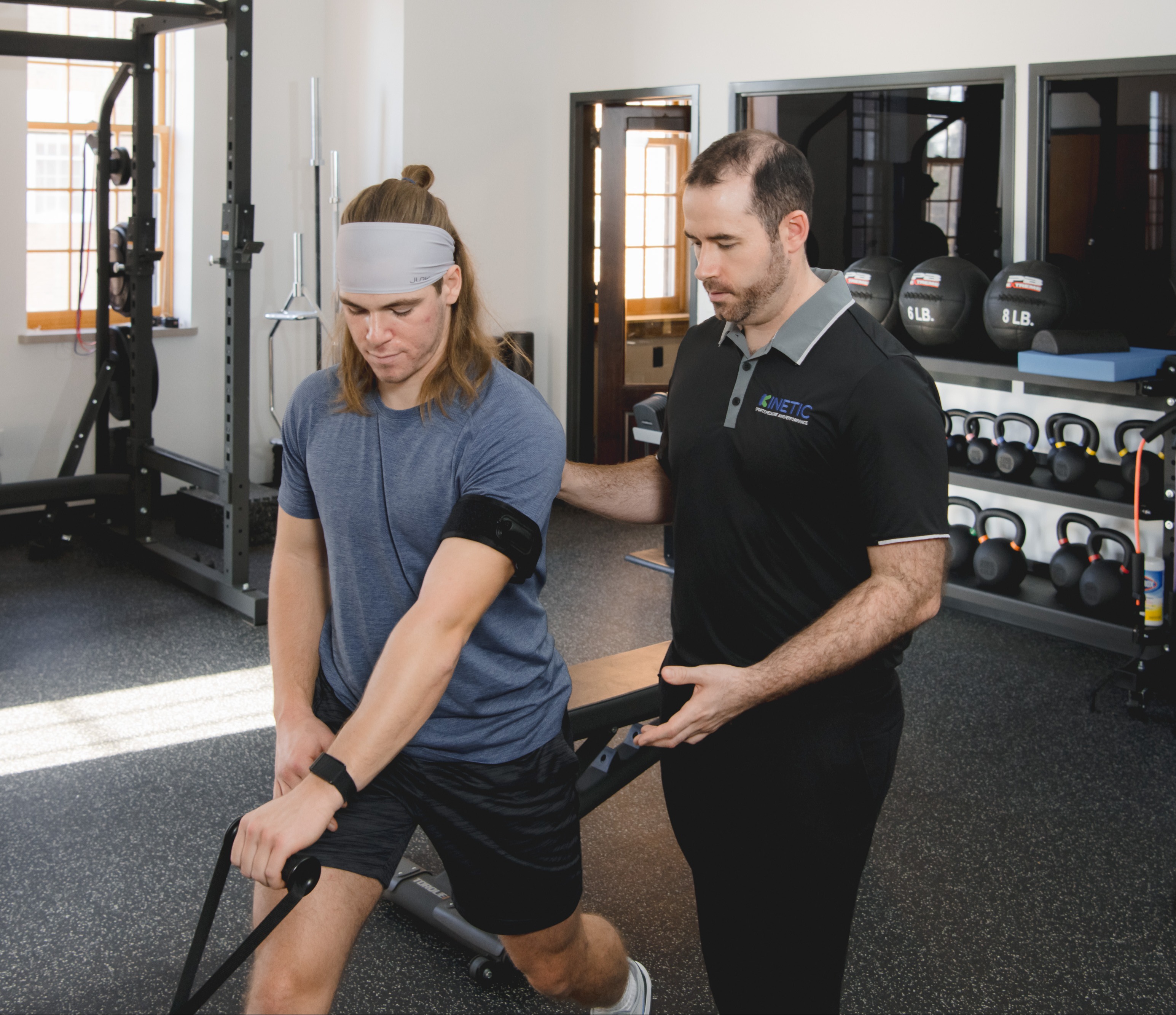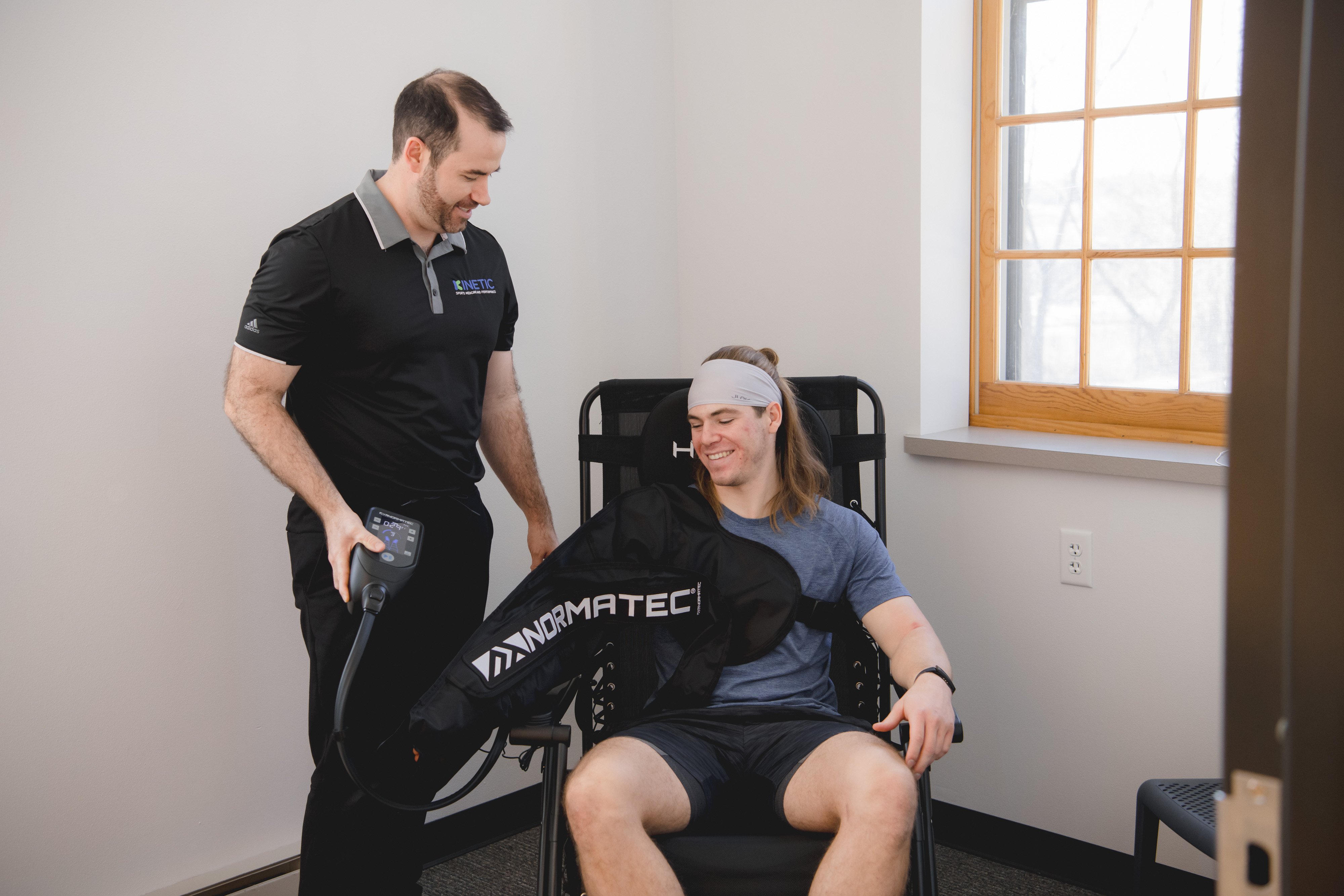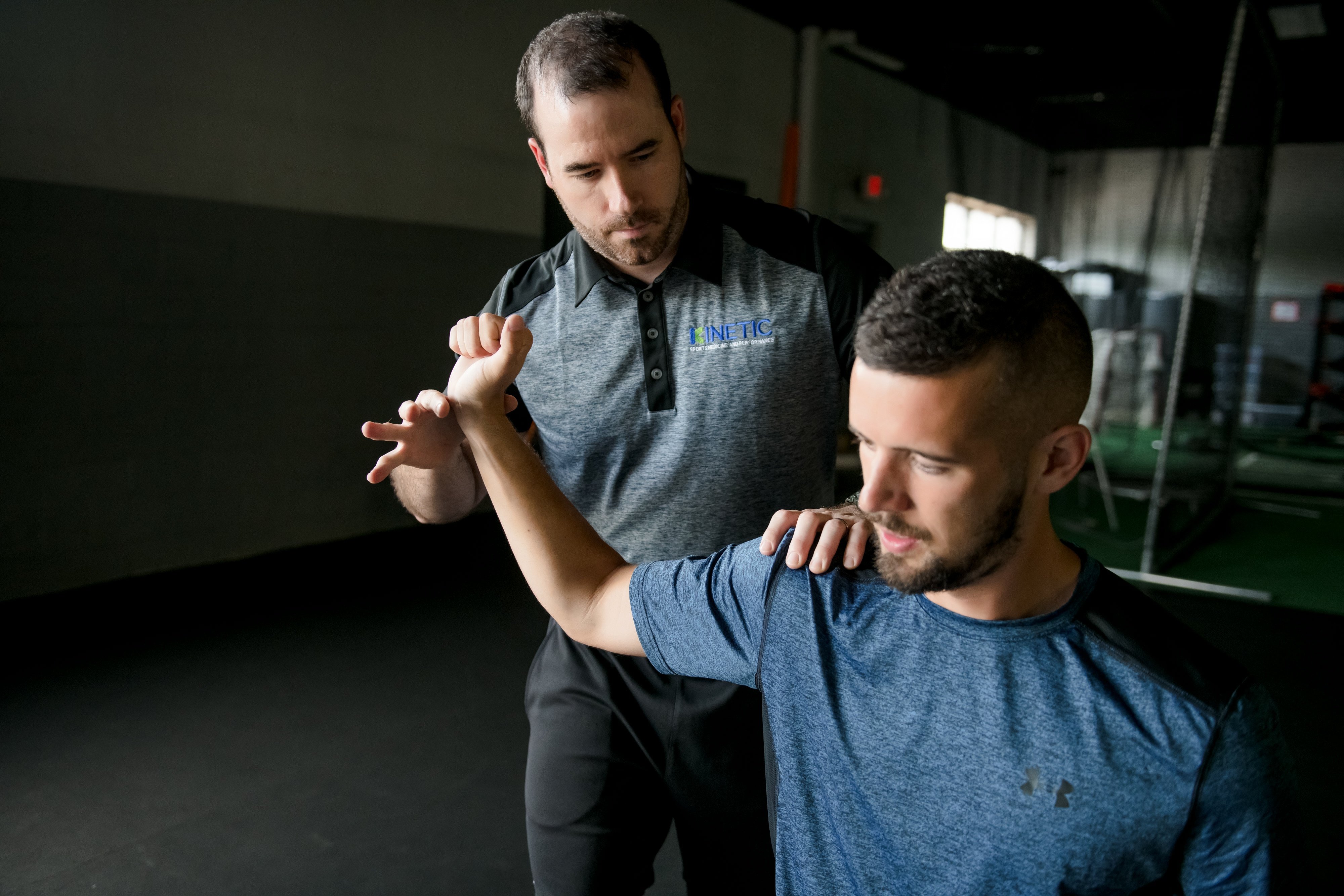.png)
Baseball Performance Physical Therapy

What You Need to Know
Our approach is to start by addressing the physical factors that may be contributing to the pain, rehabbing the injury to resolve it and then developing a disciplined return to throwing program.
Arm injuries in throwing athletes are extremely common especially in baseball and softball. Many athletes have multiple experiences with arm pain throughout their time playing their sport. They try to rest and rehab once, and then start throwing again which brings back their arm pain. We also see athletes report that their shoulder hurt at the end of last season, and now their elbow hurts when they throw. Examples like this are all too common and point to a failure to address the root cause of the injury.
Injuries like these often are complex with several factors contributing to the issue. Our approach is to start by addressing the physical factors that may be contributing to the pain, rehabbing the injury to resolve it and then developing a disciplined return to throwing program. In some cases, we also work with the athlete on their throwing mechanics to avoid future injury. Incorporating all these factors into a comprehensive plan can help you put arm pain behind you for good!
The Thrower's Success Roadmap
Here's how it works:
-
Step 1: Restore
-
Step 2: Build Speed
-
Step 3: Return to Throwing
-
Step 4: Maintain

Step 1: Restore

Restore Range of Motion and Strength
We commonly see throwing athletes that present to us with substantial loss in shoulder range of motion or rotator cuff strength. Often, these movements are even painful.
Our first goal is to restore full pain free range of motion and strength. During this phase you are often either out of throwing or significantly limited as we let the injured area calm down.

Step 2: Build Speed

Incorporate Faster Movements
Throwing is still the fastest human motion ever recorded in a motion capture lab and generates extremely high forces in the arm. After we have mastered the slow strengthening movements, we begin to add quicker, more explosive movements like medicine ball throws. These quicker movements will begin to prepare your arm to return to throwing.
In Step 2 – the middle stage of your rehabilitation – we work with you to restore base levels of strength and power. Our Doctors of Physical Therapy are uniquely qualified to help during this phase as are certified strength and conditioning professionals. These experts will design thorough programs to guide you step by step. And then you put the work in to achieve the progress you are seeking.

Step 3: Return to Throwing

Begin a Return-to-Throwing Program
This is often the most exciting day of your rehab process and is often the phase that we see done incorrectly. Too many athletes start to throw too hard, too soon. The process needs to be gradual and individualized to work your arm back into shape. At this stage, we will use the latest measurement technology to quantitatively assess the forces at work in your arm.
We begin by incorporating some light throwing drills to get you comfortable going through your motion. Then we add light throwing 3 days/week to start.
From there we build a customized throwing plan for you to get back to your previous velocity. We monitor your arm for how it responds and adjust your program accordingly.

Step 4: Maintain

Maintain Performance
Perhaps the most important step in reducing your risk of re-injury is to follow a maintenance program throughout your athletic career. We often see athletes who were injured, recovered and then did nothing to maintain their arm health and wound up in the PT office again.
You will leave our clinic with a complete plan for your return-to-sport and maintenance throughout the season. We will provide you with a overall approach to manage your throwing volume as well as a strength maintenance program to reduce your risk of re-injury.
Ready to start working with
Milwaukee's Throwing Rehab Experts?
Throwing injuries are very common in baseball and softball athletes, and we've helped countless athletes through them and learn to prevent them from reoccurring in the future.
Remember:
- Throwing is a whole body movement, so your whole body should be getting treated in an arm injury rehab
- Not all physical therapists specialize in arm injuries for throwers, especially high level throwers
- You can learn to prevent future arm injuries
